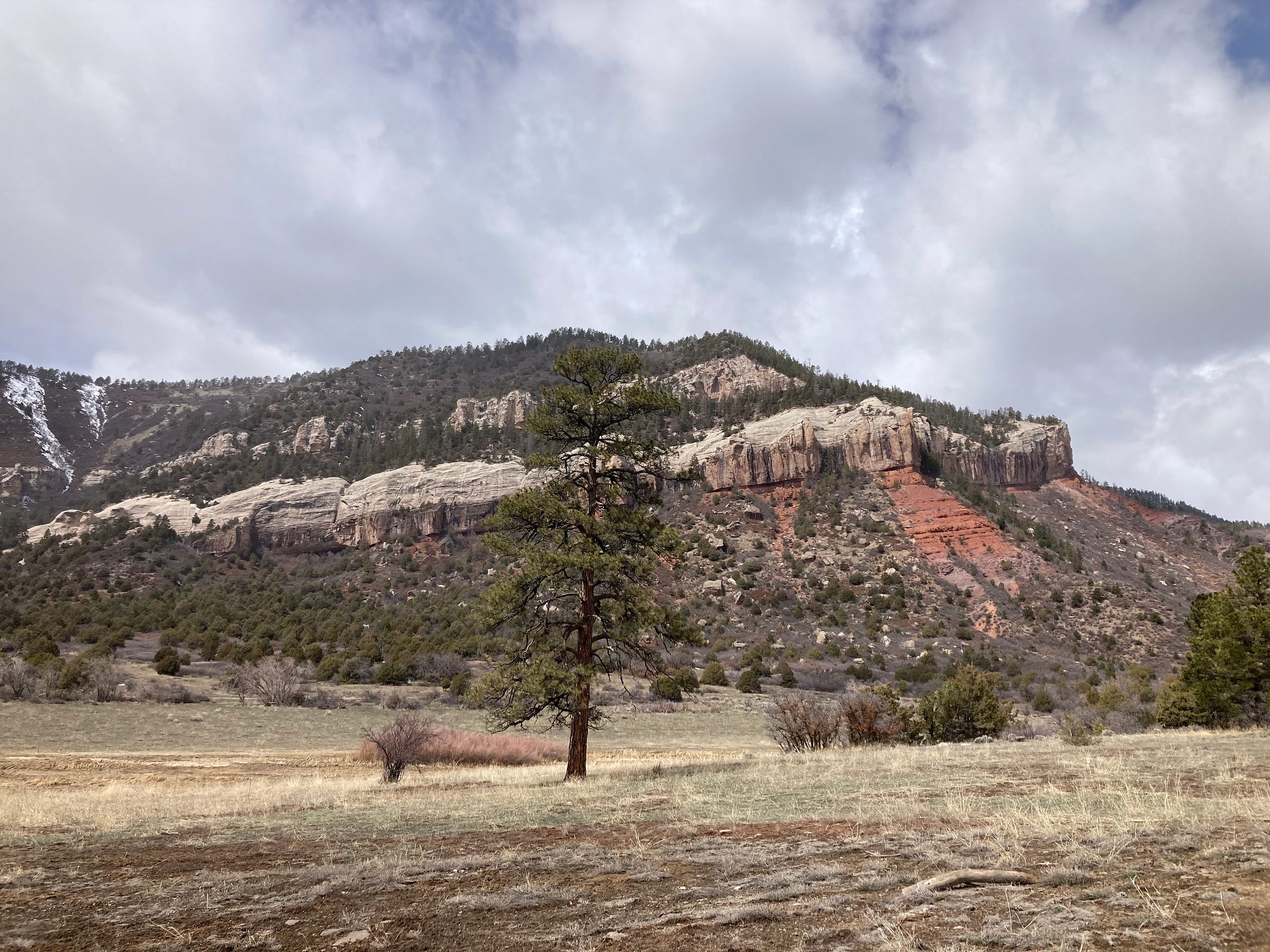Sen. Mike Lee revives public land sell-off bid
A parcel near you may one day be covered in houses
🌵 Public Lands 🌲

It is not hyperbole to say we are living in dark times.
The U.S. President is about to hold a multi-million-dollar, taxpayer-funded, dictator-style military parade — for his frigging …
Keep reading with a 7-day free trial
Subscribe to The Land Desk to keep reading this post and get 7 days of free access to the full post archives.

